Project Felix is Adobe’s new cloud-based software that allows graphic designers to combine 2D and 3D images. The program comes with a new 3D model library on Adobe Stock, and 3D Printing Industry spent some time with the software to better understand how it works. We also examine how this could open Adobe’s Creative Cloud to 3D printing.
What is Project Felix?
Project Felix is an application for compositing images. It optimizes the processes for adding 3D objects to 2D environments. This means facilitating and refining what is already possible in its sister program Photoshop. The interface also makes it recognizable and usable to design beginners.
Project Felix’s processes are enhanced by automated features, e.g. the program can determine a light source and add correct shadows/reflections. It also borrows the Magic Wand selection tool from Photoshop, and is cross-compatible with it.
Adobe Stock support offers Felix a library of approximately 280 assets divided into: light conditions, surface textures, and downloadable 3D models.

Adobe Stock archive of 3D models
The file commonly used by 3D printers is .stl format. .stl’s are available for download from 3D model communities like MyMiniFactory and Thingiverse.
The 3D models provided by adobestock3D are downloadable as .obj files. .obj files combine 3D .stl polygons (hence the backroymn Standard Triangle Language) with an image file to give the surface color and texture.
.obj are also 3D printable, providing they are created for that purpose. Sketchfab’s 3D model catalog is comprised of .obj files like this Space Shuttle .obj file from Microsoft below.
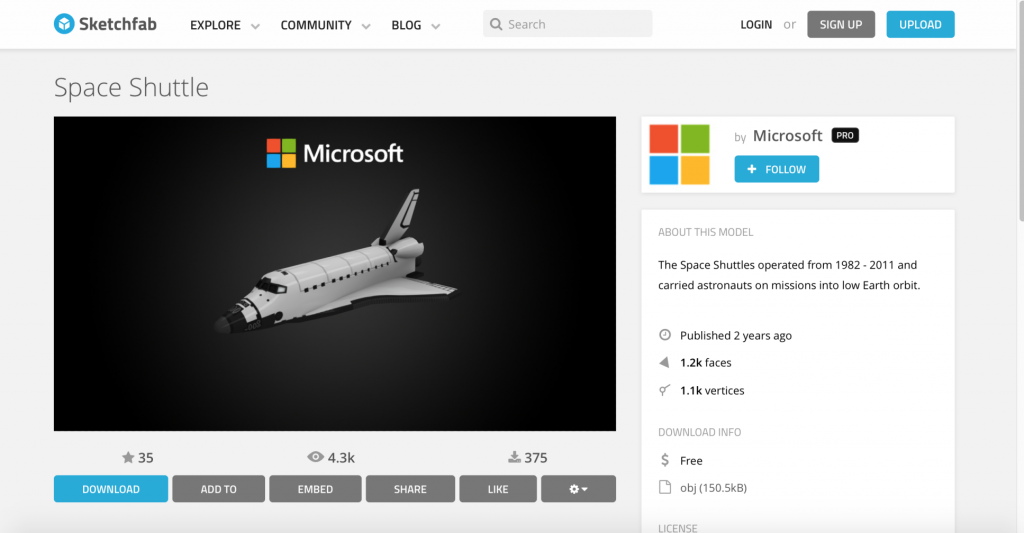
The range of 3D models from Adobe include a lot of the basic objects found in advertisements, e.g. bottles, balls, laptops and coffee cups. As-is, the Adobe Stock .obj files would need some optimization for 3D printing as they are created with the intention of being viewed as part of a 2D image, rather than destined for use as a 3D printable file.
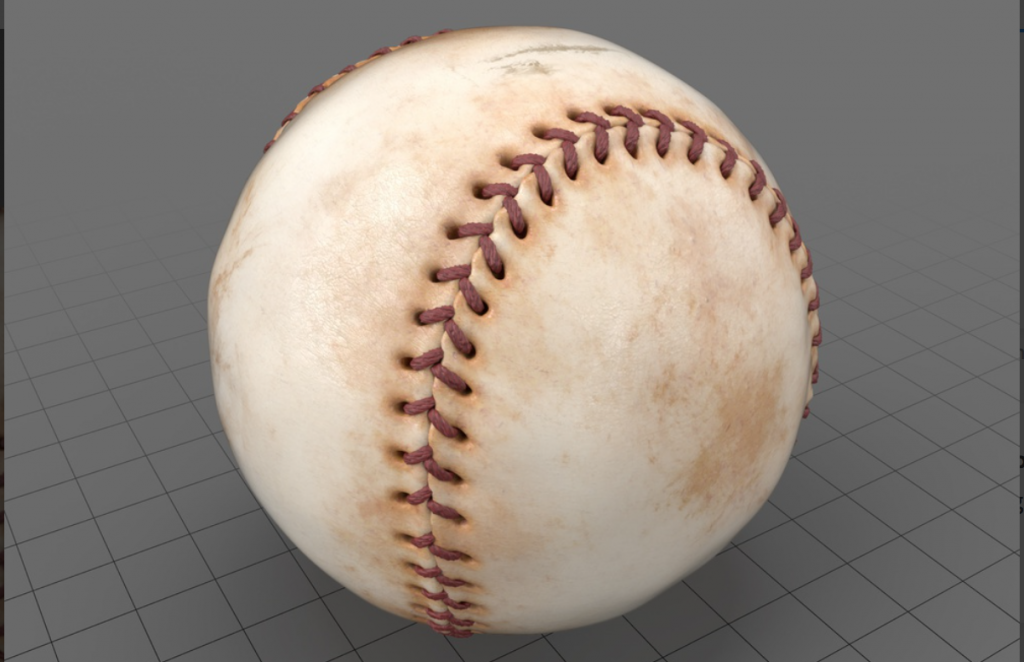
Some of the more basic, plain-textured 3D models are available to download for free to Creative Cloud subscribers. Other more complex models, such as the pinecone below are sold at a premium (£15.99 and £31.99 in the UK).
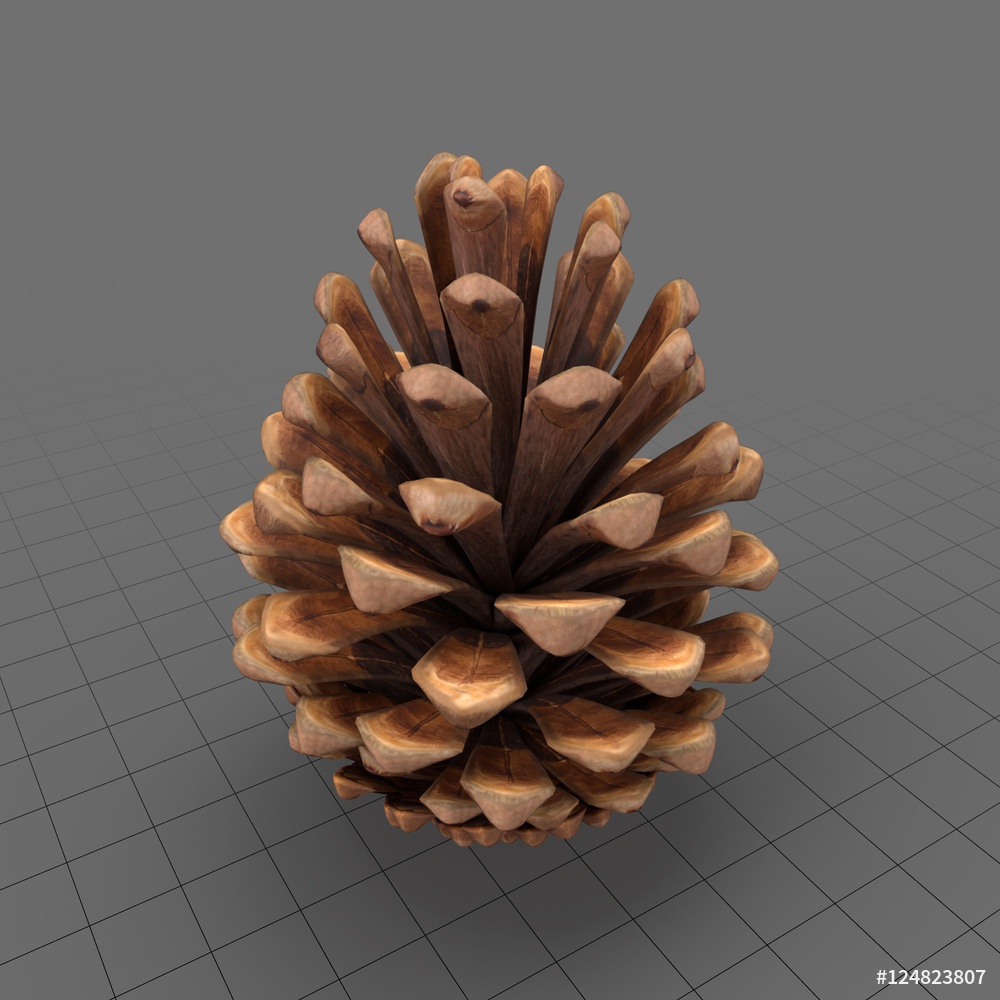
The models are optimized for use with Felix, but are still usable in Photoshop, and can be textured with any of the Materials available on Adobe Stock.
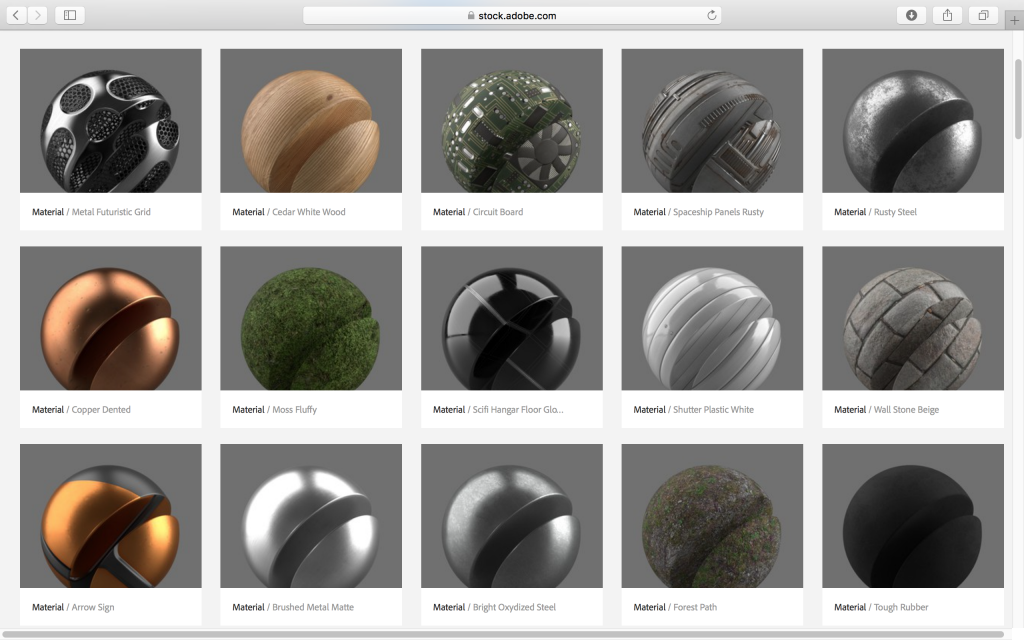
Project Felix is still only available for Beta testing. Fully-launched, Felix will have integrated operability with primitives. This is the modeling method used in web-based 3D design platforms such as Tinkercad and WeDesignLive. It allows linking of basic geometric objects, such as cubes and spheres, to create new 3D shapes, such as a capsule.
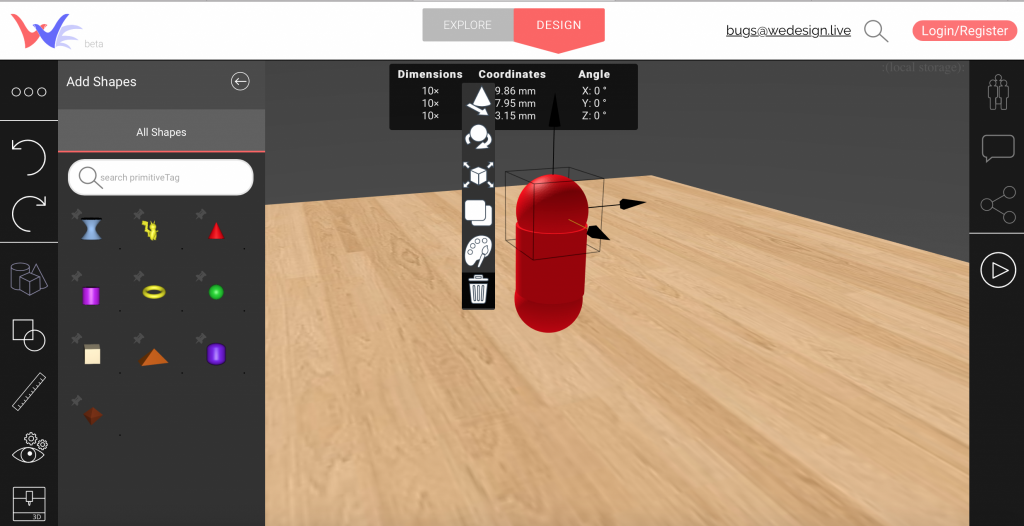
Though Adobe Stock’s library is created with a 2D/3D image environment in mind, the features it has in common with the 3D printing community would make expansion into the industry a viable option for the future.
More tech industry veterans are starting to take interest in 3D printing. 3D models created in Microsoft’s 3D Paint are 3D printable, and Polaroid released their own range of 3D printers at CES 2017 in Las Vegas.
The 3D model library from Adobe validates 3D design as a move towards the future. And where would 3D printing be without 3D design software?
Featured image shows a Premium 3D Rocket model from adobestock3D. Image via: Adobe
Nominations for the 1st Annual 3D Printing Industry awards are now open.


